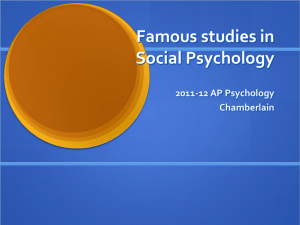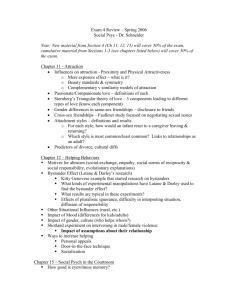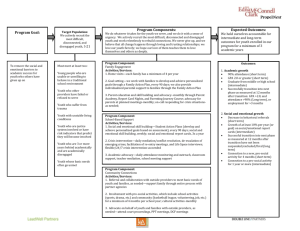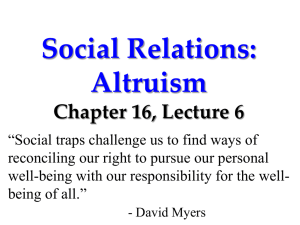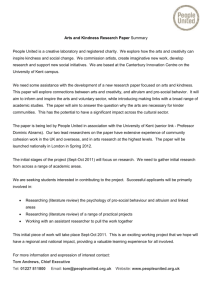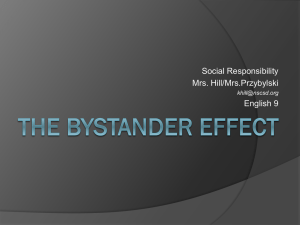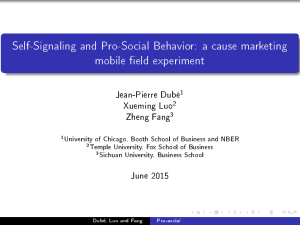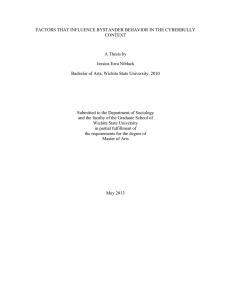Section 8.1 Being a Bystander
advertisement
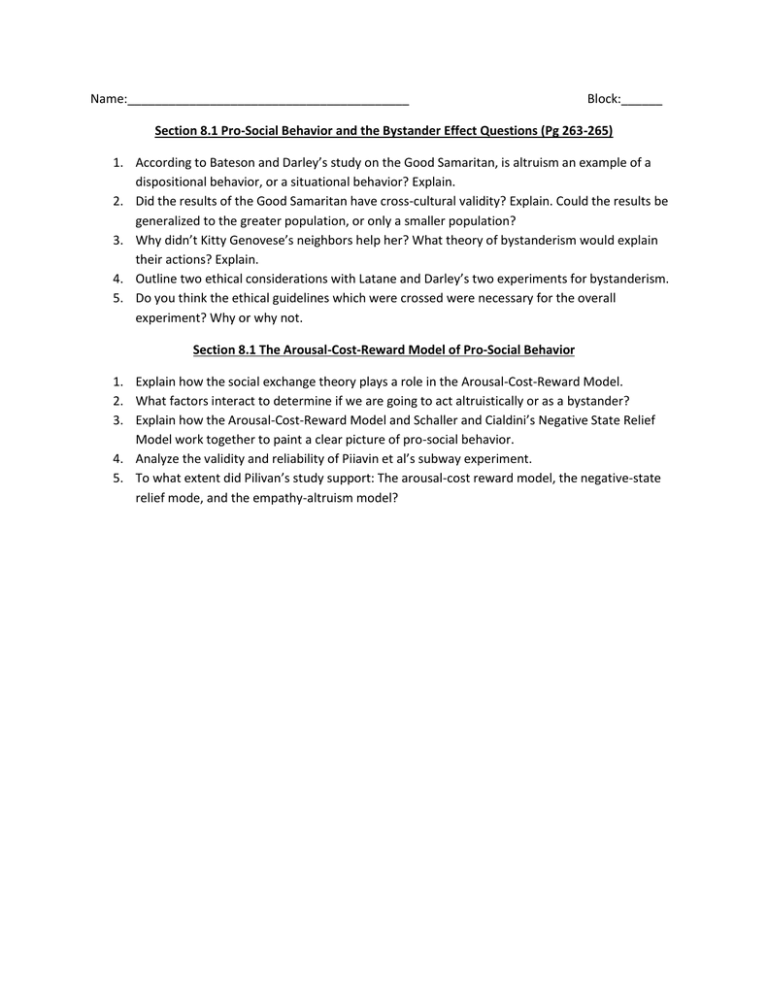
Name:_________________________________________ Block:______ Section 8.1 Pro-Social Behavior and the Bystander Effect Questions (Pg 263-265) 1. According to Bateson and Darley’s study on the Good Samaritan, is altruism an example of a dispositional behavior, or a situational behavior? Explain. 2. Did the results of the Good Samaritan have cross-cultural validity? Explain. Could the results be generalized to the greater population, or only a smaller population? 3. Why didn’t Kitty Genovese’s neighbors help her? What theory of bystanderism would explain their actions? Explain. 4. Outline two ethical considerations with Latane and Darley’s two experiments for bystanderism. 5. Do you think the ethical guidelines which were crossed were necessary for the overall experiment? Why or why not. Section 8.1 The Arousal-Cost-Reward Model of Pro-Social Behavior 1. Explain how the social exchange theory plays a role in the Arousal-Cost-Reward Model. 2. What factors interact to determine if we are going to act altruistically or as a bystander? 3. Explain how the Arousal-Cost-Reward Model and Schaller and Cialdini’s Negative State Relief Model work together to paint a clear picture of pro-social behavior. 4. Analyze the validity and reliability of Piiavin et al’s subway experiment. 5. To what extent did Pilivan’s study support: The arousal-cost reward model, the negative-state relief mode, and the empathy-altruism model?
